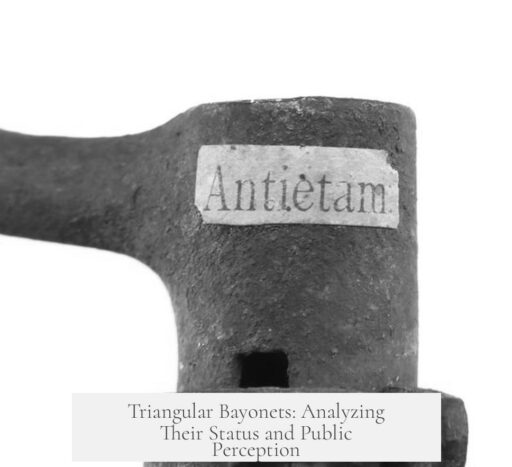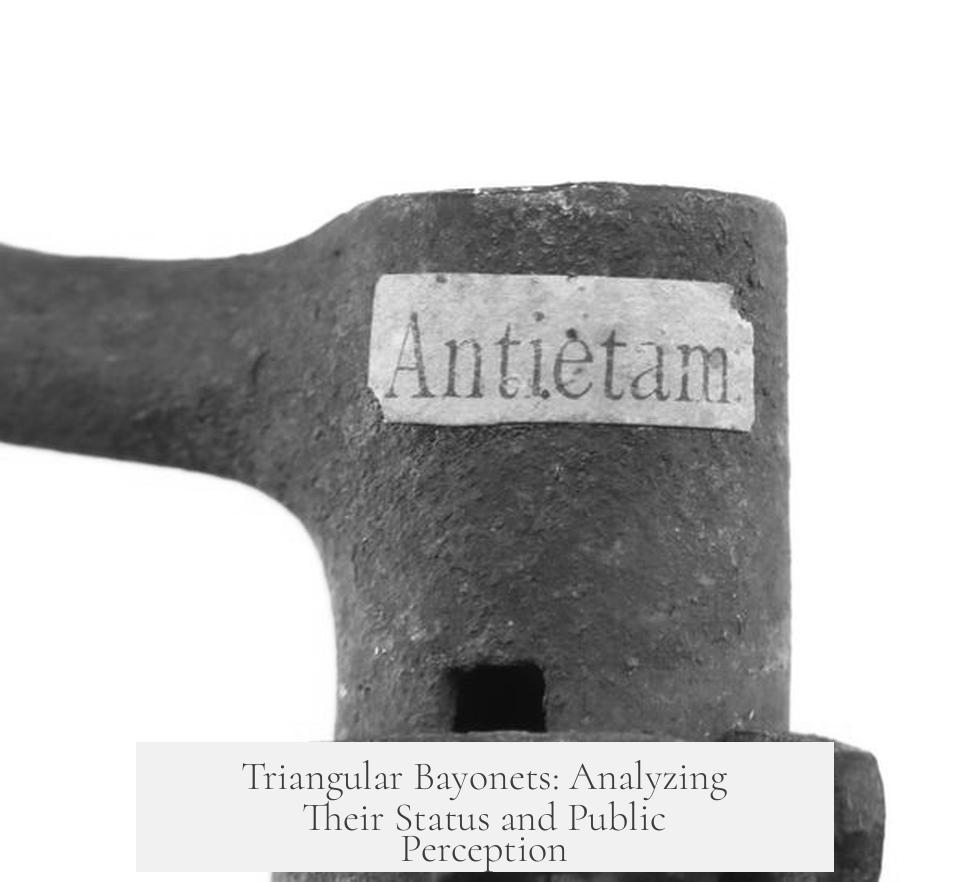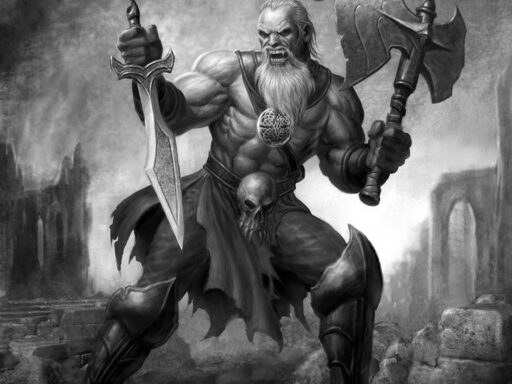Triangular bayonets are not specifically banned or widely disliked due to their design; rather, their distinctive shape stems from manufacturing and tactical considerations. The Geneva Convention of 1949 bans serrated or angular bayonets but makes no mention of triangular bayonets. Thus, triangular bayonets remain lawful weapons, historically notable but phased out for practical reasons.
Triangular bayonets emerged during the 17th century when bayonets evolved from plug designs into more versatile socket types. The triangular shape offered a robust, rigid blade that enhanced thrusting strength. Sources like The Illustrated Encyclopedia of Warfare emphasize that long triangular cross-sections produced bayonets stronger in charge and thrust than single or double-edged variants. The three-sided blade created a slim profile that was easier to forge and provided stability without extra weight.
The triangular design also originated from practical forging needs. Manufacturing a triangular blade aligned well with available technology, making the process simpler and less resource-intensive. For example, Mosin-Nagant bayonets have square cross-sections, also chosen for ease of mass production. This contrasts with myths suggesting the shape was intended to inflict unusually cruel wounds. Historical records and wartime accounts do not support the idea that armies deliberately sought to increase suffering through this design.
- Triangular bayonets produce a triangular puncture wound.
- The wound results in bleeding that can be profuse and is notably harder to stitch.
- This often leads to wounds that remain open and prone to infection, especially in pre-modern medical environments.
- However, the main cause of injury severity is the thrust of the bayonet, not uniquely the triangular shape itself.
An eyewitness account of a reenactor stabbed with a triangular bayonet illustrates the injury’s reality. The victim suffered a deep wound with significant bleeding, yet it was manageable without excessive complications. This aligns with the typical combat effect of bayonet wounds: dangerous but not exceptional compared to other edged weapons.
The Geneva Convention of 1949 specifically banned bayonets with serrated edges or jagged angular shapes because such blades cause wounds that continue to inflict pain and suffering long after combat ends. This ban arose from humanitarian concerns to reduce unnecessary injuries. Triangular bayonets, lacking serrations and complex edges, are not covered by this prohibition. Multiple sources, including sites like timelessmyths.com and reddit discussions, confirm that triangular blades were never singled out for banning or condemnation.
Besides the shape, triangular bayonets had functional roles. The pointed tip and rigid blade design made it easier to penetrate heavy wool coats and webbing typical of soldiers’ gear. This “pig sticker” style aided infantry in close combat by increasing penetration efficiency. Despite this, their usage declined during the late 19th and early 20th centuries. Soldiers and militaries began favoring other bayonet designs due to the triangular bayonet’s awkward length and difficulty in carriage. Longer triangular bayonets posed practical challenges for mobility and handling, prompting replacement rather than legal or ethical pressures.
Triangular bayonets feature in various historical conflicts, from the 17th century up to World War I and into the early 20th century. They served as both stabbing weapons and symbols of infantry assault capability. Nonetheless, with modern warfare focusing on ranged combat and firearms, bayonets’ tactical roles diminished. Today, few militaries still conduct bayonet training; among them, the U.S. Marines are notable for maintaining bayonet assault instruction as part of basic training.
Collectors value triangular bayonets for their historical significance and unique design. They range widely in price, from under $100 for common models to over $1,000 for authentic Civil War-era pieces. This market reflects continued interest despite the design’s obsolescence in modern combat.
| Aspect | Details |
|---|---|
| Legal Status | Not banned by Geneva Convention; only serrated bayonets prohibited. |
| Design Reason | Manufacturing ease and blade strength; stability in thrusting. |
| Wound Characteristics | Triangle-shaped puncture, harder to close, risks infection. |
| Combat Usage | Used from 17th century to mid-20th century; phased out due to practicality. |
| Modern Use | Limited; mainly ceremonial or training by select military units. |
| Collectability | Valued by militaria collectors; wide price range based on rarity. |
Triangular bayonets do not carry a stigma of inherent cruelty or illegality. Their triangular shape arises from practical and technological factors rather than a desire to inflict prolonged suffering. While their wounds can be severe and challenging to treat, they represent a logical evolution of infantry weaponry. The perception of banning stems from misunderstandings conflating serrated bayonet bans with triangular forms. Overall, triangular bayonets occupy an important historical niche remembered for their practicality and battlefield effectiveness rather than prohibition or dislike.
- Triangular bayonets are legal and not banned by international law.
- Their shape results from forging ease and structural strength.
- Larger wounds occur, but not uniquely cruel compared to other bayonets.
- Phased out due to physical drawbacks, not ethical concerns.
- Remain collectible and occasionally used in military training.




